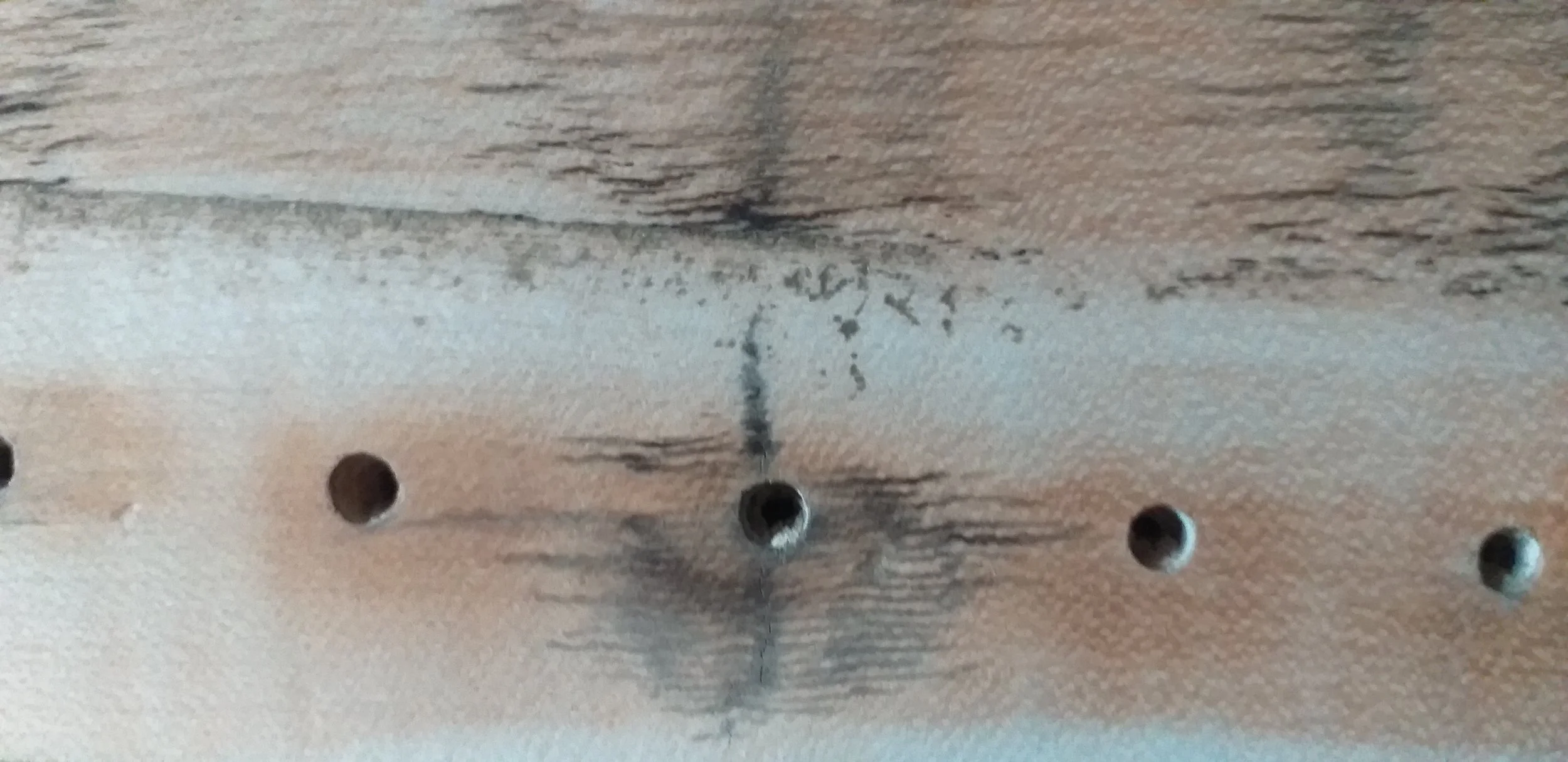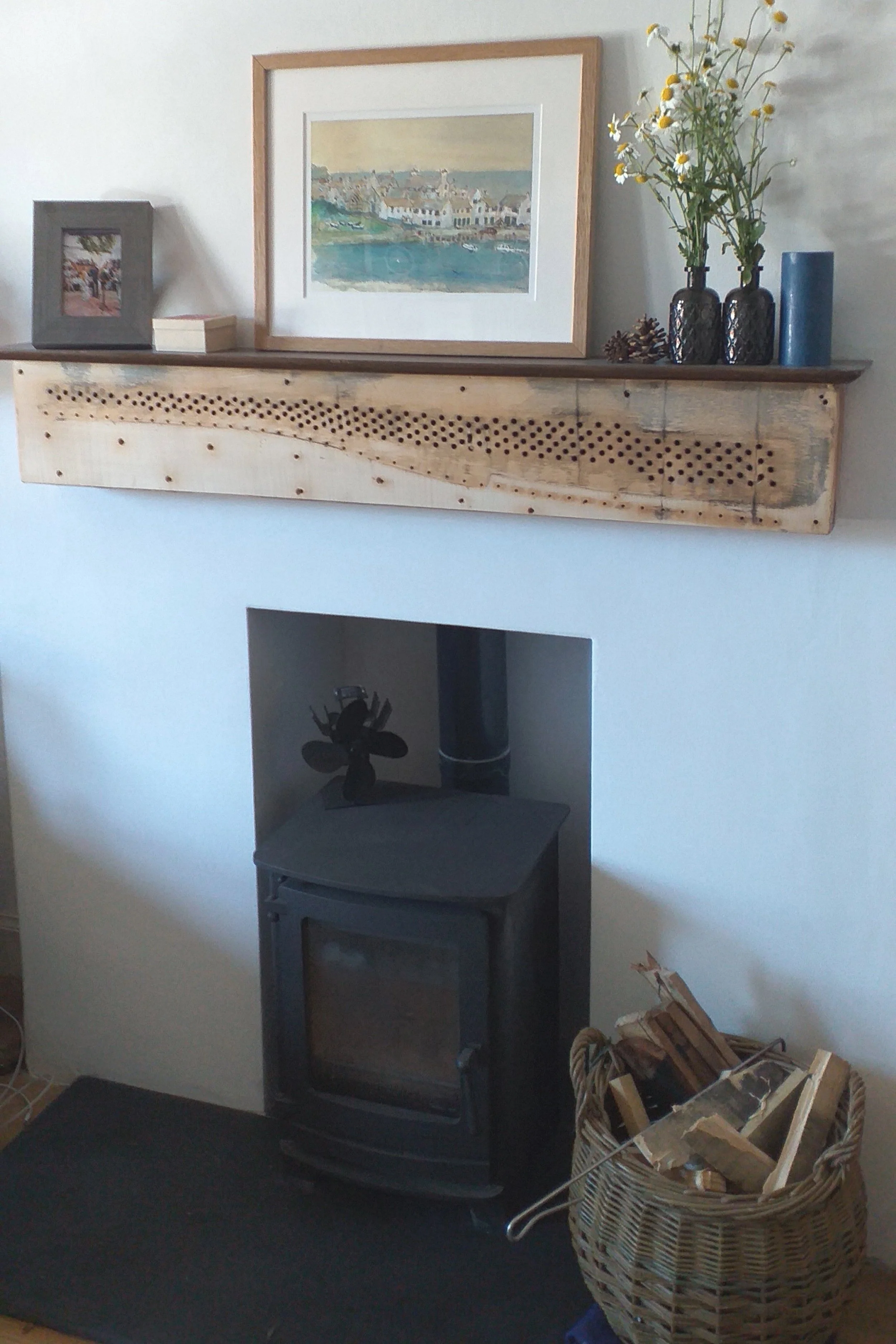Pinblock Mantelpiece
What is the most aesthetically pleasing part of a piano?
Perhaps it is the iconic keyboard, with its ordered universe of black and white keys, either shining brightly or showing the tallow use of decades of enjoyment. Could it be the keyboard lid which seamlessly curves over the keys, closing to meet a miniature lock and key. Or maybe it’s the front panel adorned with decoration; either embossed with elegant beading or inlaid with marquetry depicting dreamlike flower scenes or astral forms. There is much to love in the piano’s pleasing form.
For me though the most beautiful part is hidden away, only revealed once you have completely taken a piano apart. By removing all of the outer panels, the keyboard and key shelf, unwinding all the strings, taking out the pins and finally detaching the cast iron harp you are left with the skeleton of the piano; timbers stretching from the base upwards connecting to the pinblock running along the top. This pinblock or “wrest plank” is the piano’s hidden gem.
Whilst the outer panels are polished to a high sheen the pin block contains an unadorned charm. Stamped with the serial number of it’s maker, there is a spinal sweep of holes cascading from left to right. Once these holes housed the pins on which the strings of the piano were wound. Now they form a complex pattern which, in it’s seeming irregularity, only hints at their original purpose and brings to mind insect burrows or tactile punch card holes.
The wood is typically a shimmering, sallow beech, areas covered by the harp are a pale yellow, almost a fleshy pink, bruised where screws once dug in. The relative peace of this zone is broken by turbulent exposed areas which take on caramel tones. Grey forms ripple through the wood, reflecting something unseen onto its surface. A swirl of black eddies around the vortex of those pin holes. Closer inspection reveals a calm sea at night, with a lighthouse in the background, all captured in the space of a thumbnail. There seems no end to the landscapes found here.
With this in mind I liberated a fine pin block from a Methven piano this week. By hollowing out the middle part I was able to mount it onto the wall above a wood burning stove, creating a distinctive mantelpiece. Topping it off with the original piano lid I was able to hide any screws used to fix it to the wall, giving the appearance that this substantial piece of wood is floating in air.
Going forward we want to uncover more hidden uses for pianos which are past their play by date.
Please contact Studio Pianodrome if you are interested in owning a unique piece of furniture made from pianos.






